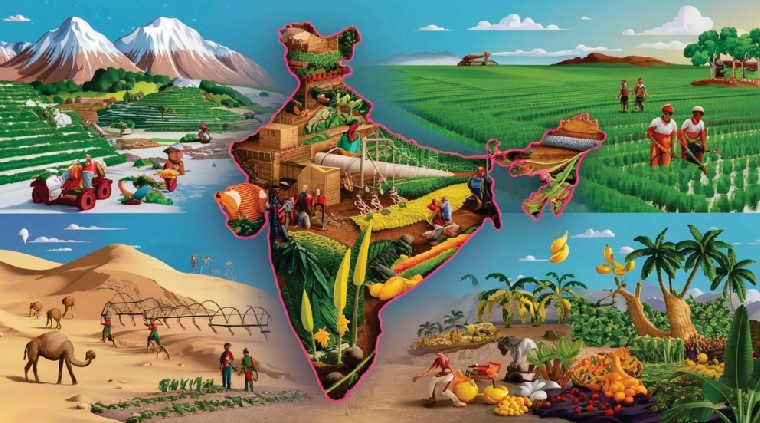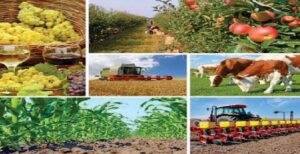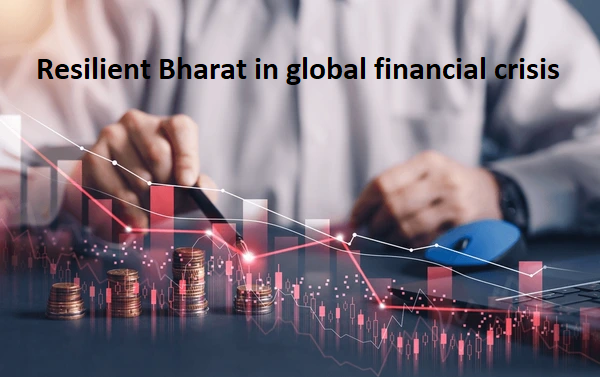
Investment in agricultural research and diversification of crops
- November 13, 2024
- 0
Agriculture is going to play an important role in making India a developed nation by 2047. Indian agriculture will have to come out of its current growth rate of 4 percent. To achieve the goal of developed India, more investment will have to be made on research and development. Along with this, emphasis will also have to be laid on diversification of crops. If the income of farmers has to be increased, then the current form of agriculture will have to be changed.
Studies show that one percent increase in agriculture reduces poverty 4 to 5 times more than manufacturing and other non-agricultural sectors. 90 percent of the farmers have less than one hectare of land. Therefore, agriculture is important for the development of all.
Bharat Krishak Samaj said that despite our best efforts, agricultural policy is a big obstacle for developed India. Research and development in agriculture is a big problem. He said that before looking towards 2047, we have to see what has happened in the agricultural policy in the last 20 to 30 years. In the last 20 years, investment in research and development in the agricultural sector has been less than the level of inflation.

State governments are not investing in agriculture. 50 to 60 percent of the posts in agricultural schools, universities and research institutes are lying vacant. It will take decades to fill these posts. It does not seem that any plan is being made to fill these posts.
State governments are more interested in taking populist measures like giving free electricity, old pension. Therefore, it is not right to let agriculture remain a state subject. If we look at the global level, countries like China, America change their agricultural policies at regular intervals to give relief to their farmers, whereas in India the same policies of subsidy and other issues have been going on for decades.
Today Indian agriculture has reached a point where the market is running on its own and is growing well. Where there is too much interference, they are not growing.’ Farming does not mean MSP crops. 70 to 80 percent of crops are outside the scope of MSP. Farmers do not grow what they like, but what is in demand and incentivised in the market. Demand has helped diversification. When people aspire for better food, farmers will shift to that.

The government has tried various schemes. But unless demand increases, it will not help. We get examples of some farmers’ success but it does not show the whole picture. A lot of problems are coming in agriculture because international consultants are helping the government and they do not know how to work on the ground.
On the question of giving legal validity to MSP, experts said that it will ruin the sector. Farmers want better income. One way to do this is to reduce the risk. It is because of the risk that farmers are demanding MSP. He said that a 25 per cent increase in the price of 25 crops will lead to oversupply of these crops. As a result, everything will become dependent on government procurement.
Small fluctuations in production can lead to huge changes in prices. It has been seen many times that even if the production increases by 5 percent, the prices fall by 50 percent. But if the farmers arbitrarily demand 50 percent more than the cost, then clarification is required on that. The MSP suggested by the experts is welcome. There was no logical answer from the late Dr. MS Swaminathan on this. In such a situation, it is important to know what is a logical MSP? The entire concept of legal MSP is itself mired in a lot of ambiguity. No government can give a legal MSP in the true sense.
👇 Please Note 👇
Thank you for reading our article!
If you don’t received industries updates, News & our daily articles
please Whatsapp your Wapp No. or V Card on 8278298592, your number will be added in our broadcasting list.

































































